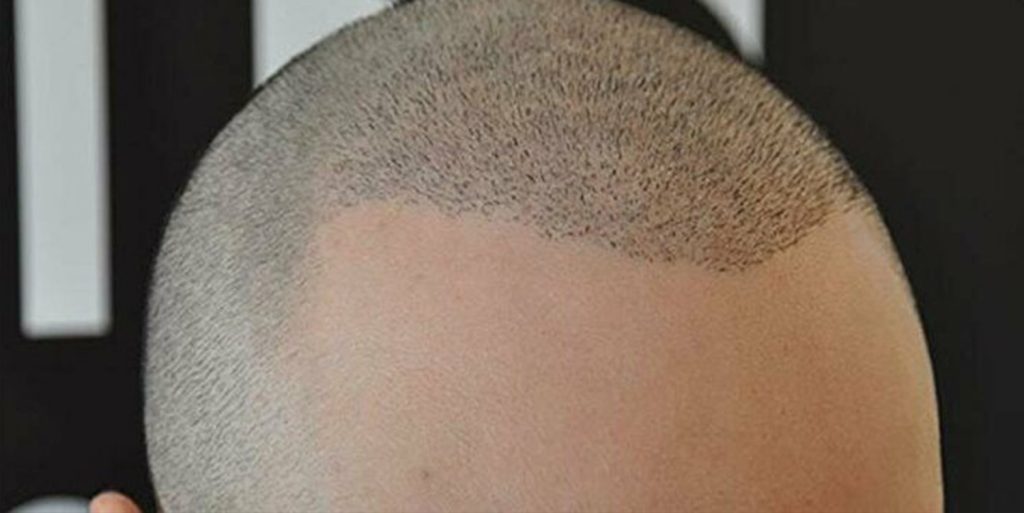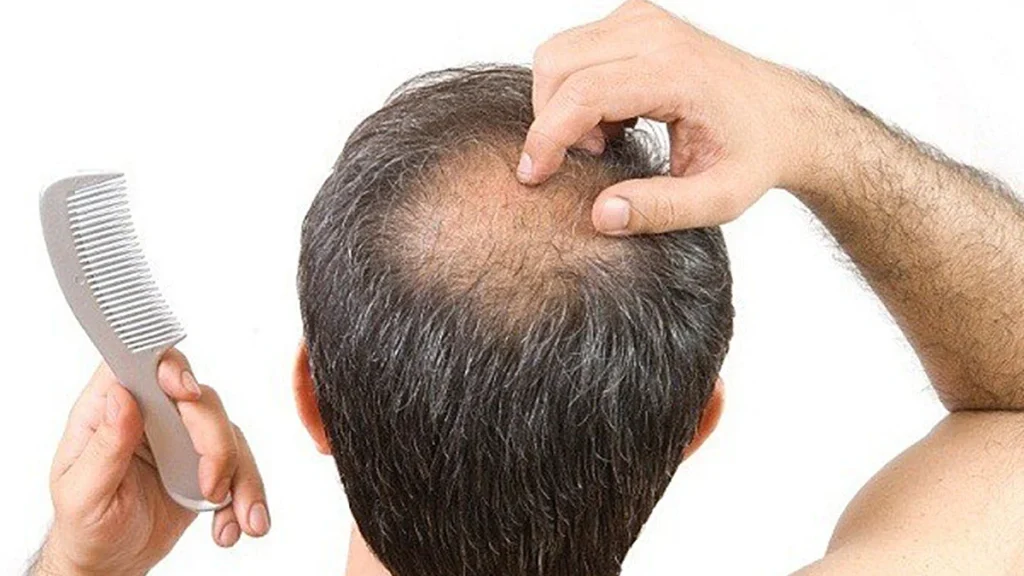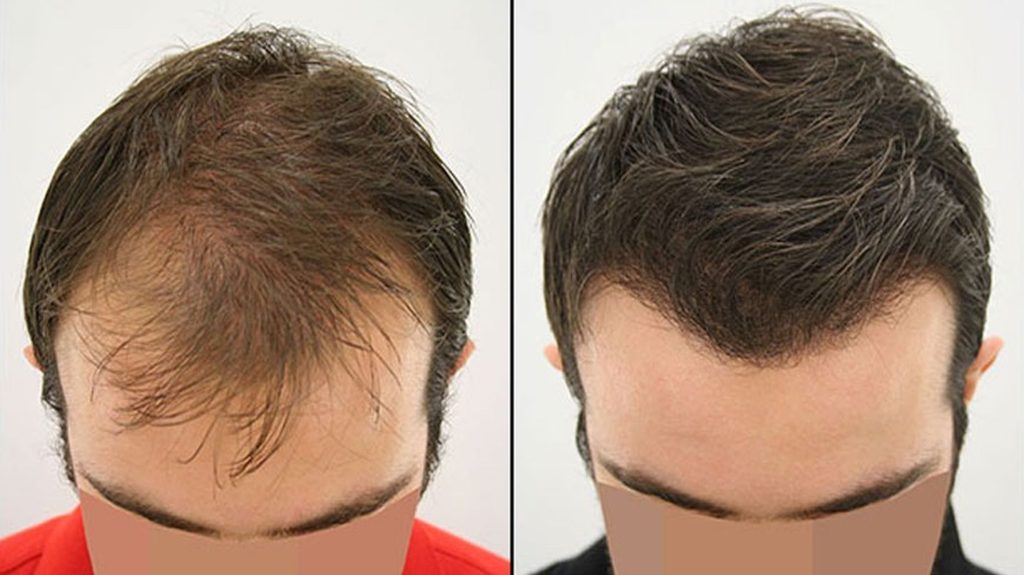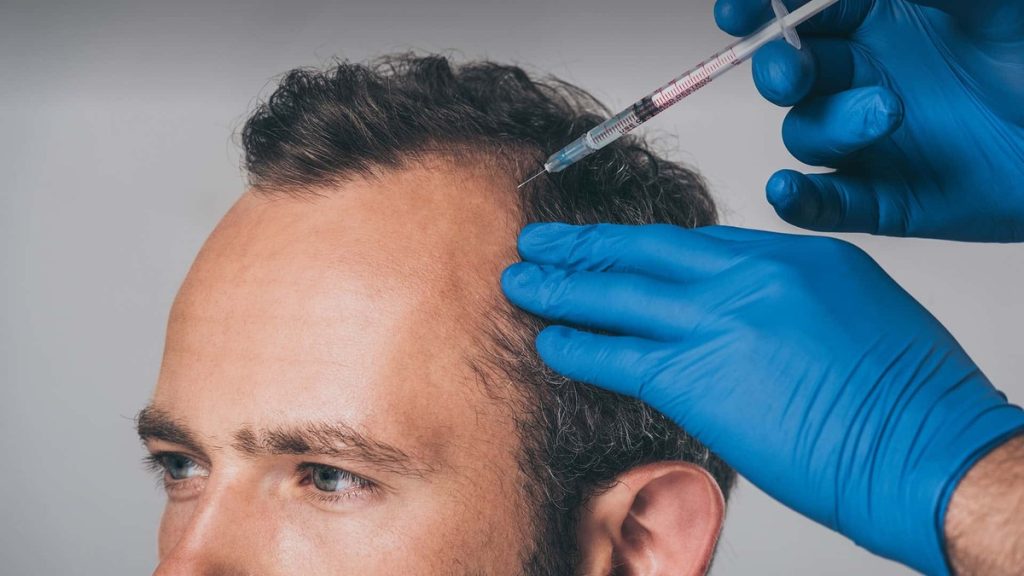Hey there! If you’ve recently had a hair transplant, you may be wondering if it’s safe to use Coraspin as part of your post-operative care. In this article, we’ll explore the potential impact of Coraspin on the healing process after a hair transplant and provide some insights on its usage in this context.
Contents;
The Role of Coraspin in Post-Hair Transplantation Care

After undergoing a hair transplantation procedure, it’s crucial to prioritize proper care in order to ensure successful results and minimize potential complications. One component that plays a significant role in post-transplantation care is Coraspin. Here are the important aspects of Coraspin’s role in post-hair transplantation care:
- Blood Thinning: Coraspin is often prescribed to reduce the risk of blood clot formation, which is crucial for ensuring proper blood circulation to the transplanted area.
- Minimizing Inflammation: Coraspin’s anti-inflammatory properties can aid in reducing swelling and discomfort in the post-transplantation period, promoting faster healing.
- Preventing Graft Failure: By improving blood flow and reducing inflammation, Coraspin helps in promoting the survival of transplanted hair follicles, ultimately leading to better long-term results.
It’s important to follow your healthcare provider’s instructions regarding the use of Coraspin and its role in your post-hair transplantation care to ensure the best possible outcome.
Benefits and Risks of Using Coraspin After Hair Transplantation

After undergoing a hair transplantation, many patients may be prescribed Coraspin to prevent blood clotting and promote healing. It is important to understand the benefits and risks associated with using Coraspin in this context.
| Benefits | Risks |
|---|---|
| 1. Prevention of blood clots: Coraspin helps reduce the risk of blood clots, which is crucial after surgery. | 1. Increased bleeding: Coraspin can lead to excessive bleeding, which may be problematic after a hair transplantation procedure. |
| 2. Improved healing: The use of Coraspin may promote faster healing and reduce the risk of complications. | 2. Allergic reactions: Some individuals may experience allergic reactions to Coraspin, leading to discomfort. |
| 3. Reduced inflammation: Coraspin can help minimize inflammation, contributing to a smoother recovery process. | 3. Gastrointestinal issues: In some cases, Coraspin usage may cause stomach irritation and other gastrointestinal problems. |
Ultimately, the decision to use Coraspin after hair transplantation should be made in consultation with a medical professional who can assess the individual’s specific health needs and potential risks. While Coraspin offers important benefits in preventing complications, it is essential to weigh these advantages against the potential risks to make an informed choice.
Guidelines for Using Coraspin in the Recovery Period After Hair Transplantation

Coraspin is a medication that can help with blood circulation and reduce the risk of blood clots, which is essential for a successful recovery. However, it’s important to follow the guidelines provided by your doctor to ensure that you’re using Coraspin safely and effectively. Here are some important guidelines to keep in mind:
1. Follow your doctor’s instructions regarding the dosage and frequency of Coraspin intake.
2. Be aware of any potential side effects, and contact your doctor if you experience any unusual symptoms.
3. Do not discontinue or change the dosage of Coraspin without consulting your doctor first.By following these important guidelines, you can ensure that you’re using Coraspin in a way that supports your recovery after hair transplantation. As always, if you have any questions or concerns, don’t hesitate to reach out to your medical professional for guidance. Your health and well-being are top priorities!
Coraspin: A Potential Adjunctive Therapy for Hair Transplant Patients

Are you considering a hair transplant? Have you heard about the potential benefits of using Coraspin as an adjunctive therapy? Many hair transplant patients are now exploring the possibilities of incorporating Coraspin into their post-transplant care routine.
Coraspin, a medication that contains aspirin, has shown promise in promoting hair growth and reducing the risk of blood clot formation, which are common concerns for individuals undergoing a hair transplant procedure.
Here are some key points to consider:
- Benefits: Coraspin has been linked to improved blood circulation, which can aid in the healing process and promote the survival of newly transplanted hair follicles.
- Risks: It’s important to consult with your healthcare provider before incorporating Coraspin into your post-transplant regimen, as it may not be suitable for everyone, especially those with a history of bleeding disorders.
- Considerations: Discuss the potential benefits and risks of using Coraspin with your hair transplant surgeon to determine if it is a suitable option for you.
Overall, Coraspin shows promise as an adjunctive therapy for hair transplant patients, but it’s crucial to approach its use with caution and under the guidance of a medical professional.
| Pros | Cons |
|---|---|
| Improved blood circulation | May not be suitable for individuals with bleeding disorders |
| Potential for enhanced hair follicle survival | Requires medical consultation before use |
Aftercare after a hair transplant is crucial for the success of the procedure. One consideration that is gaining attention is the incorporation of Coraspin into the aftercare routine. Coraspin, a low-dose aspirin, can help reduce swelling and promote healing after the procedure. However, it is important to consult with a medical professional before incorporating any new medication into your aftercare routine. Clinical considerations and personalized recommendations are crucial for ensuring the best outcomes for your hair transplant journey.
